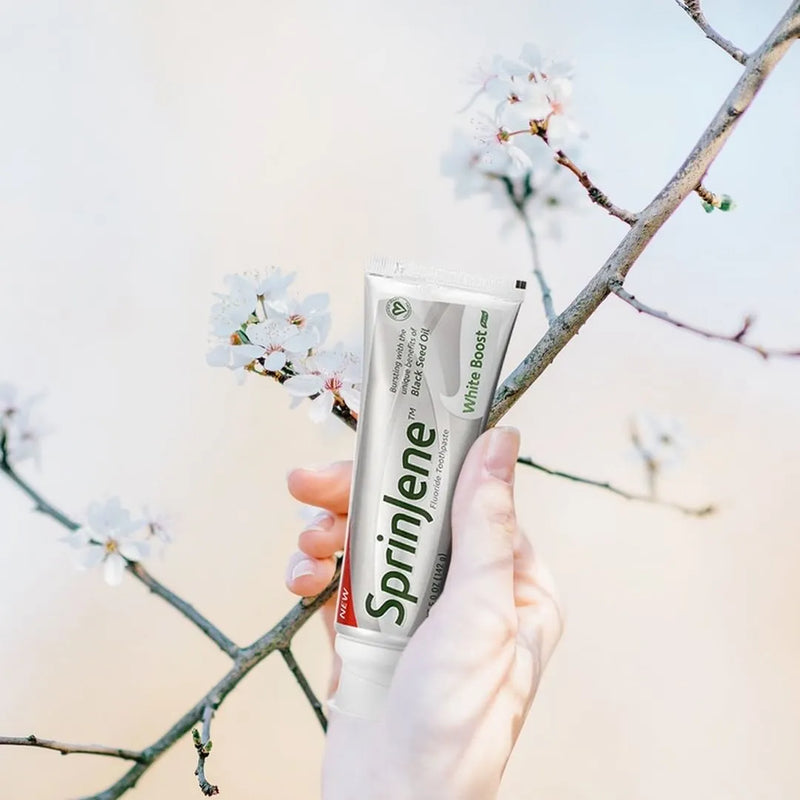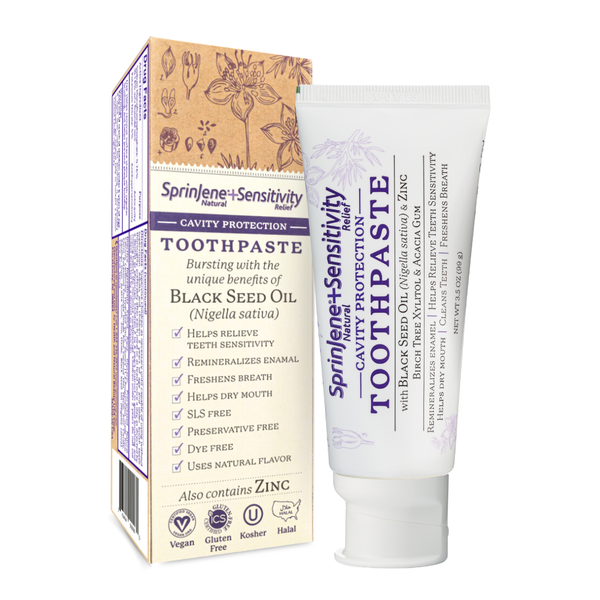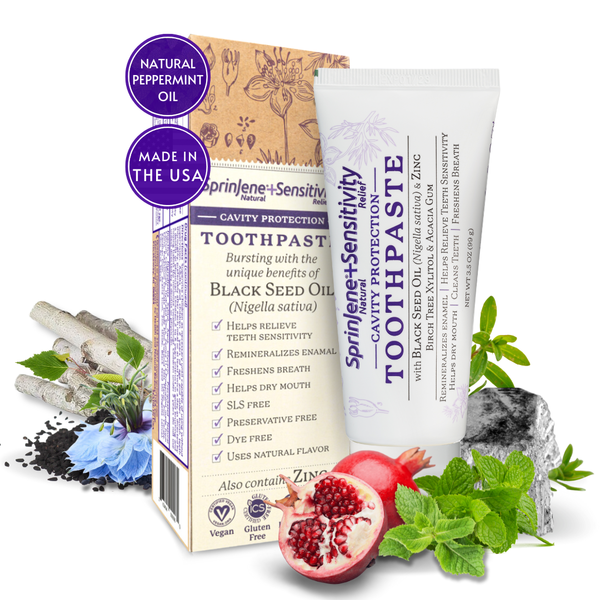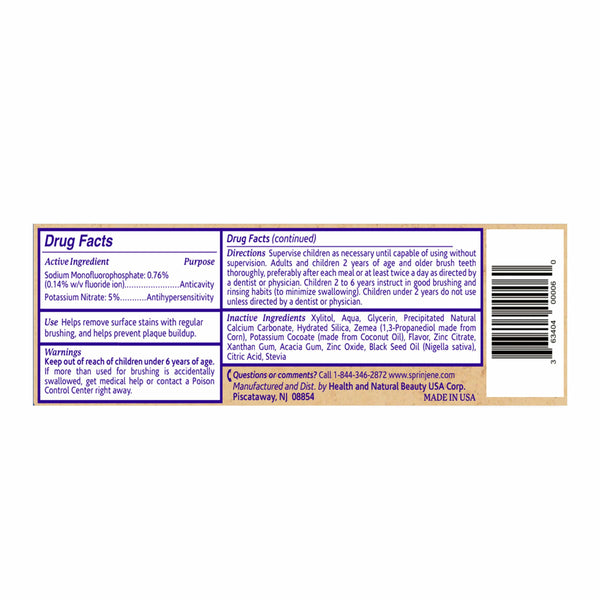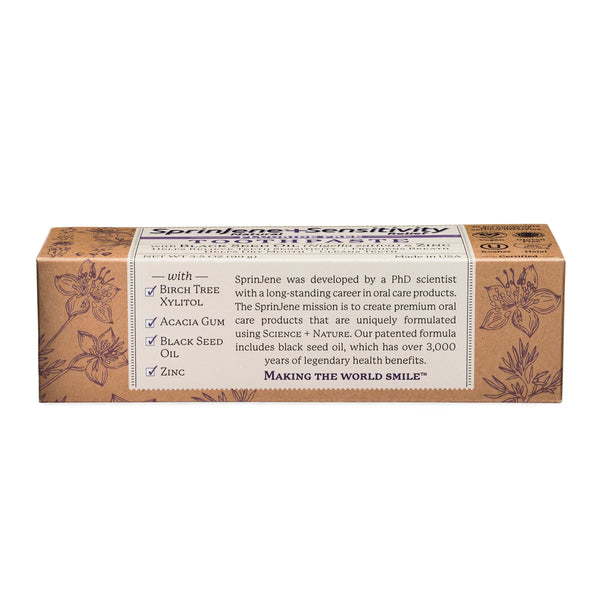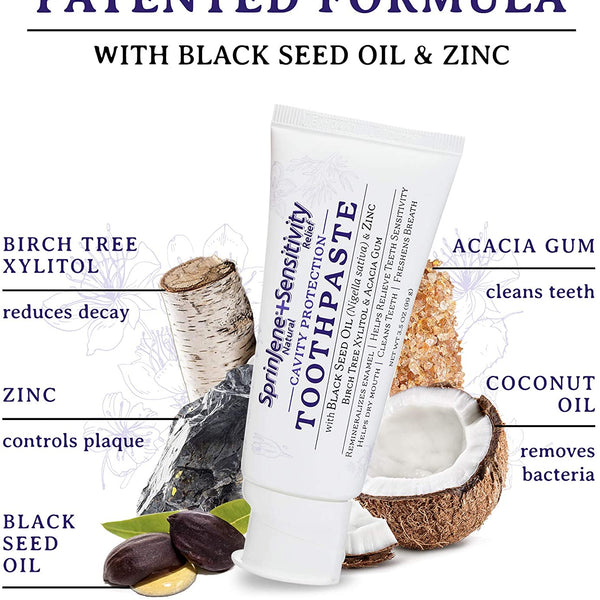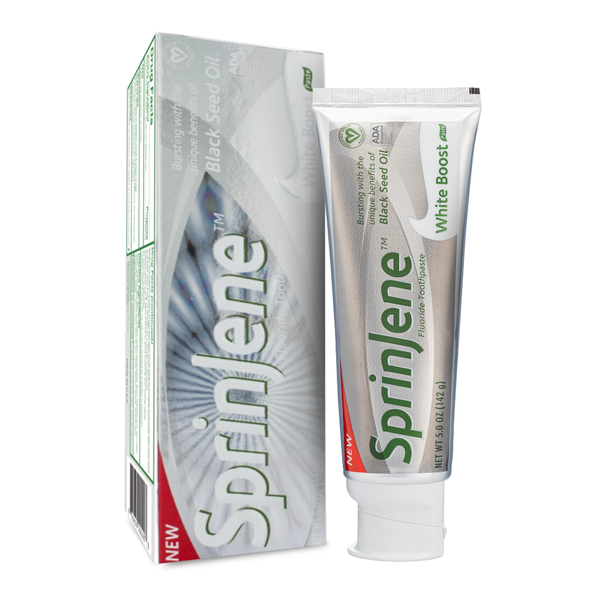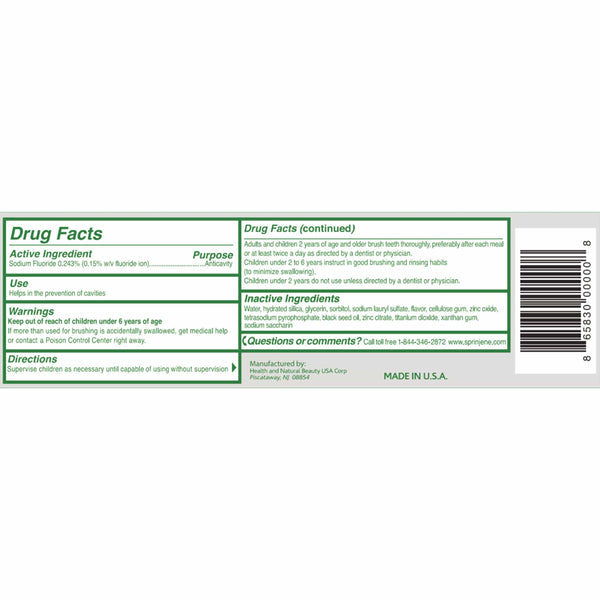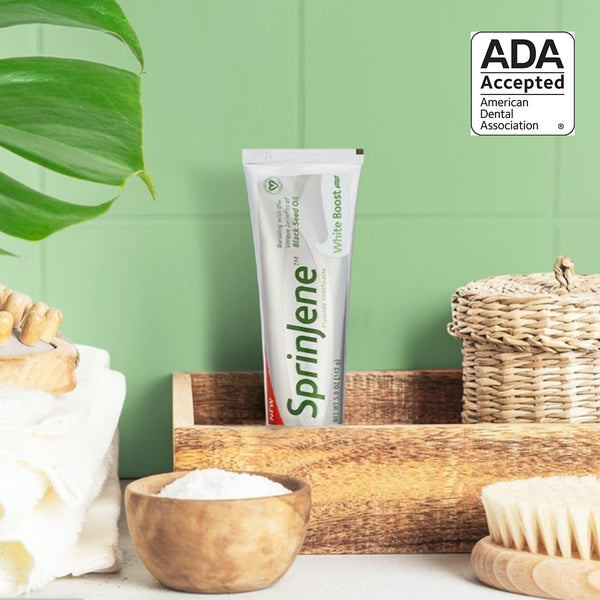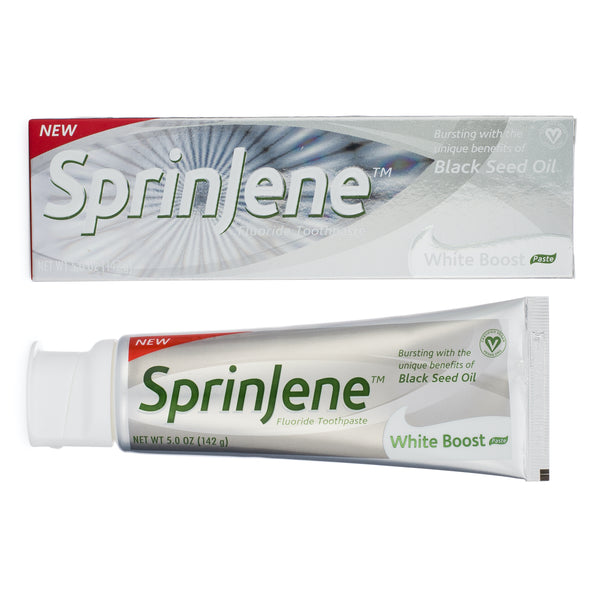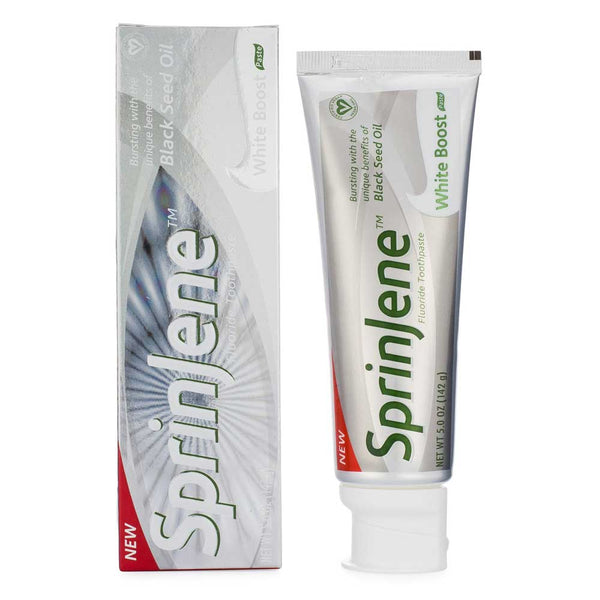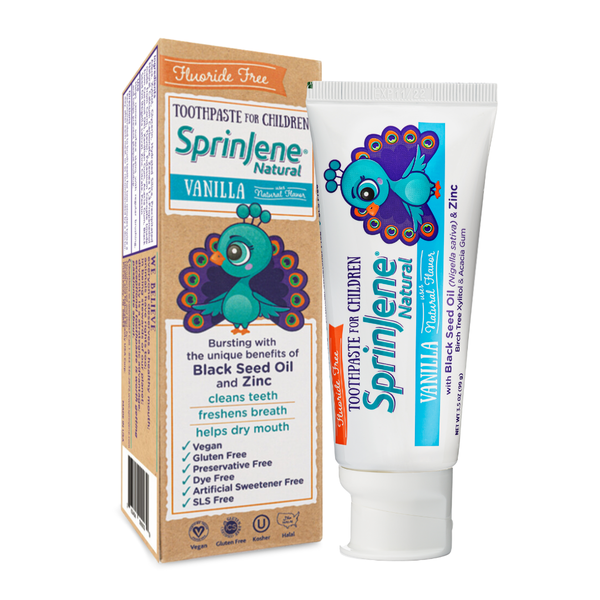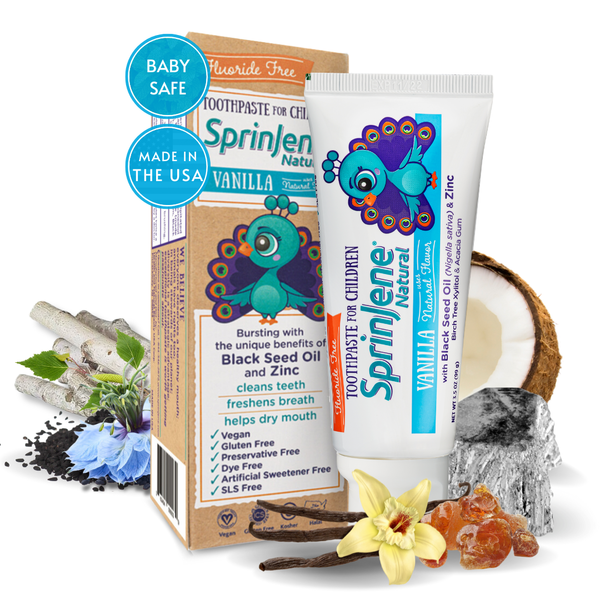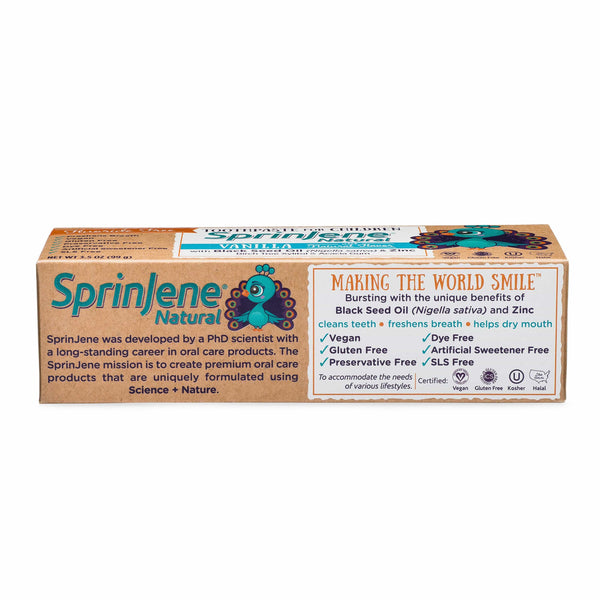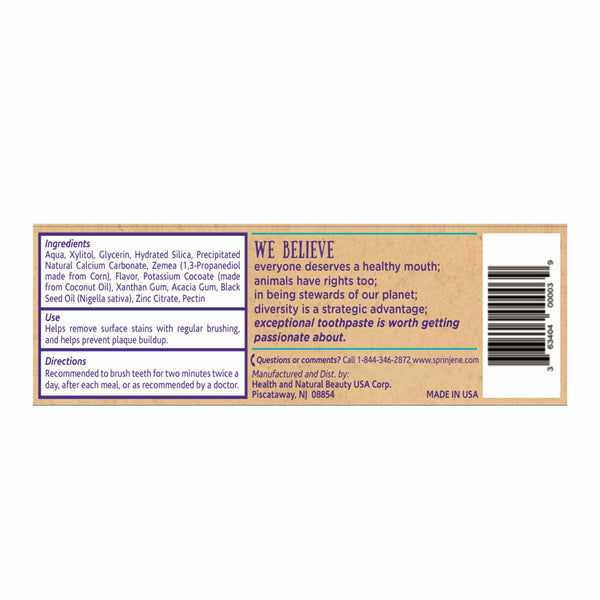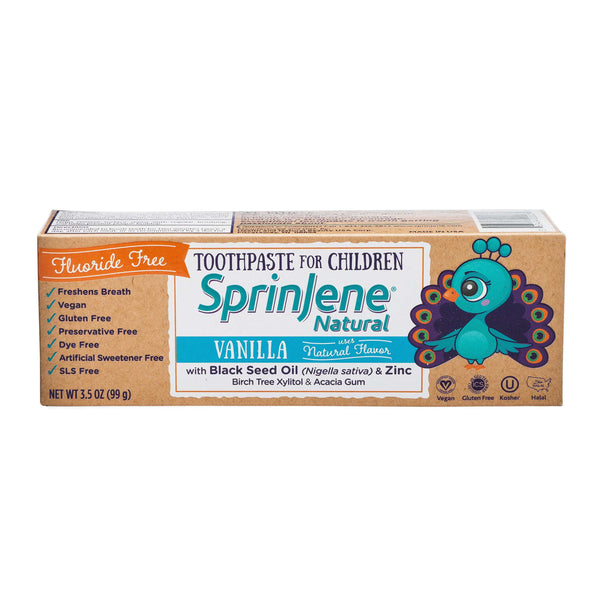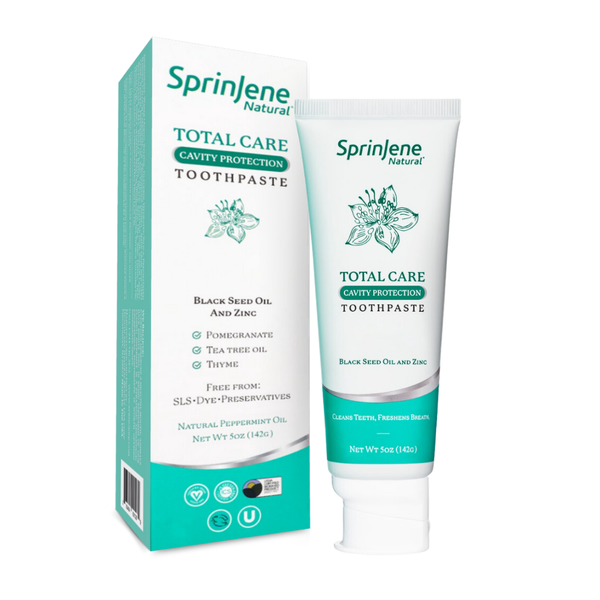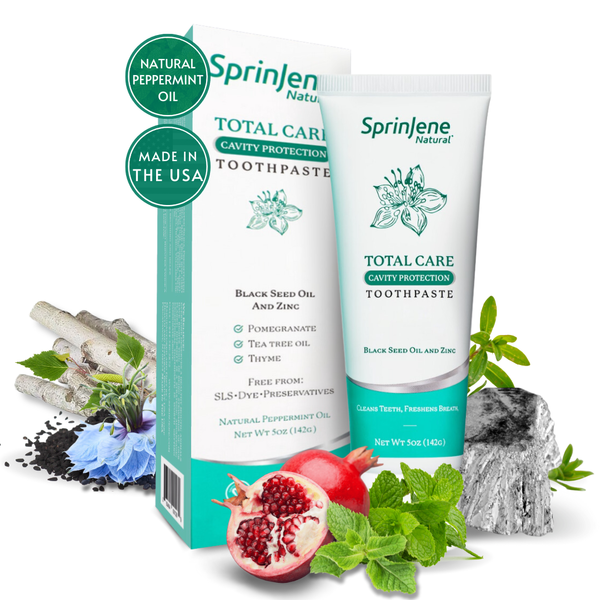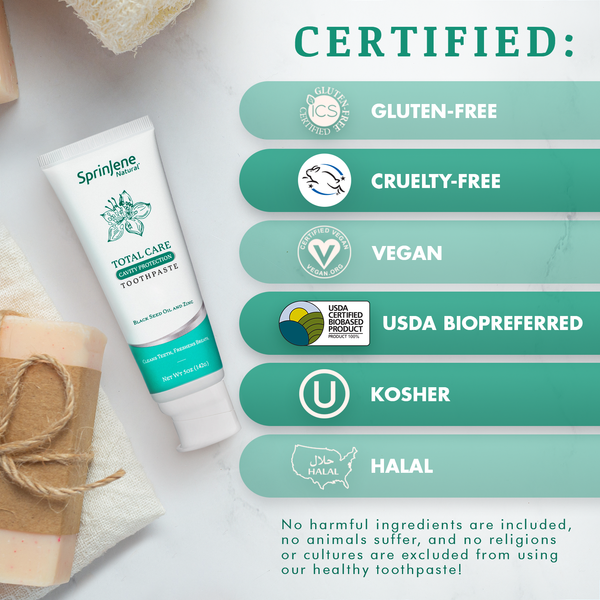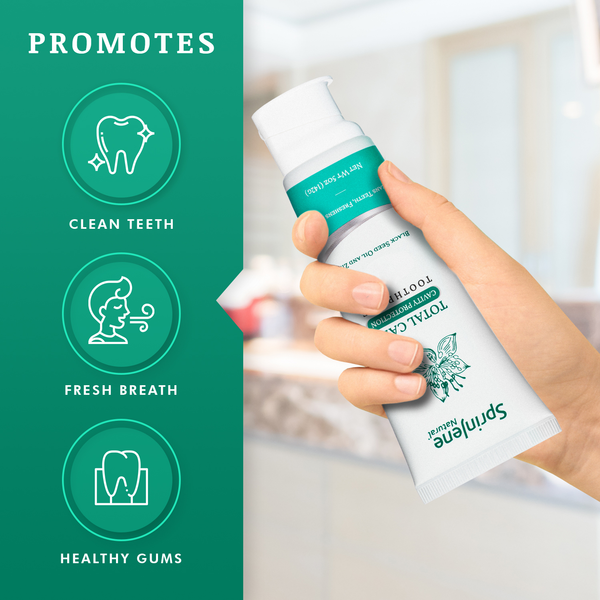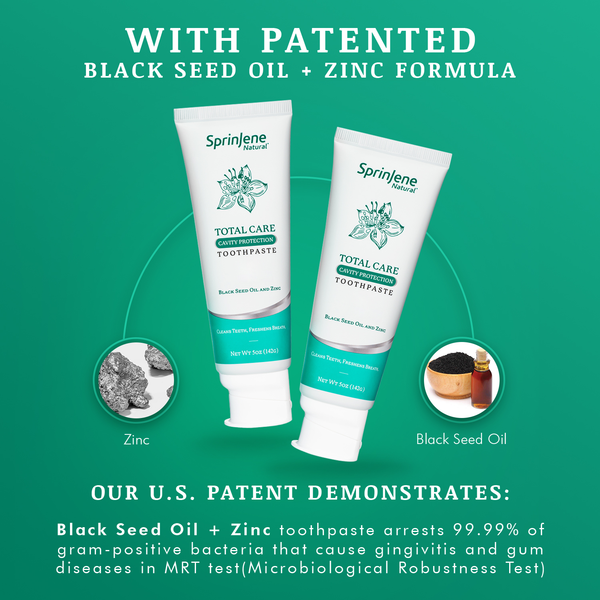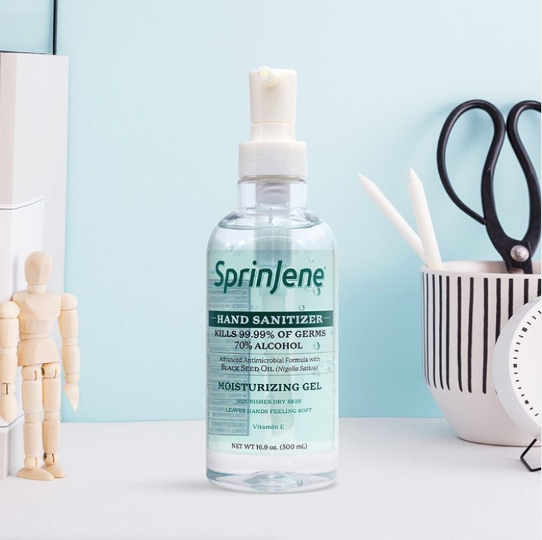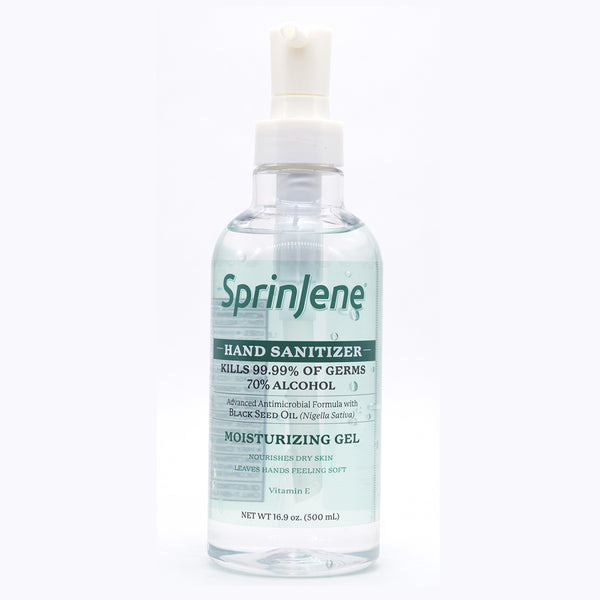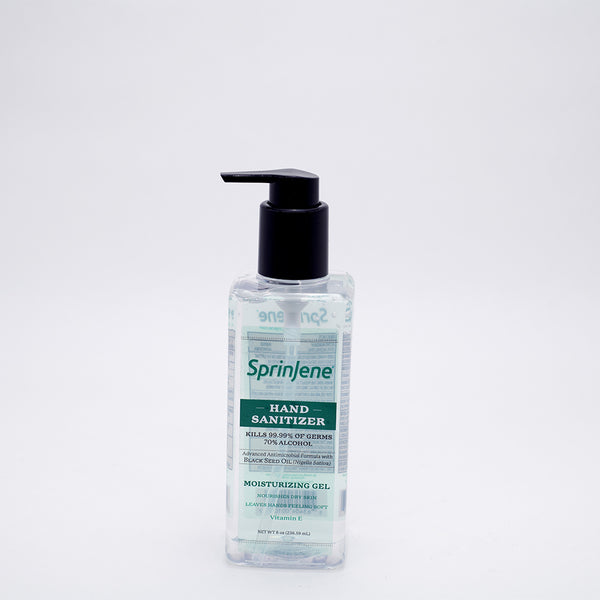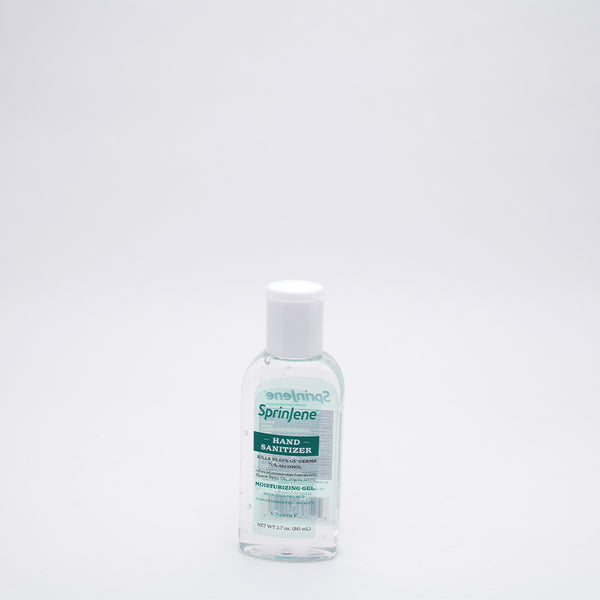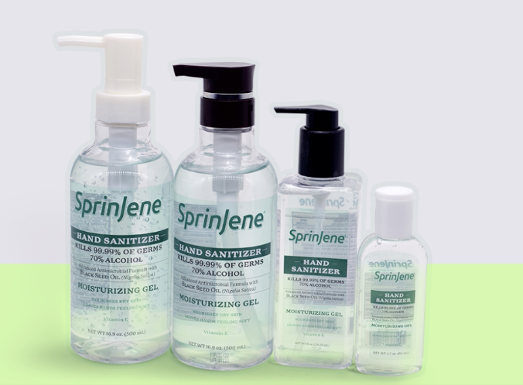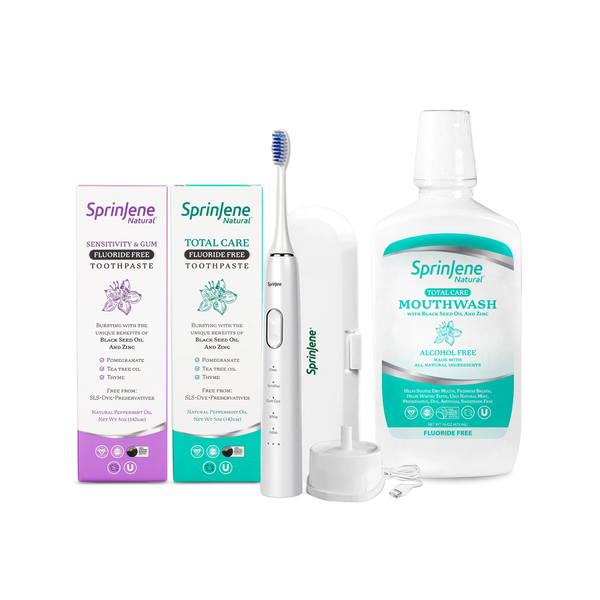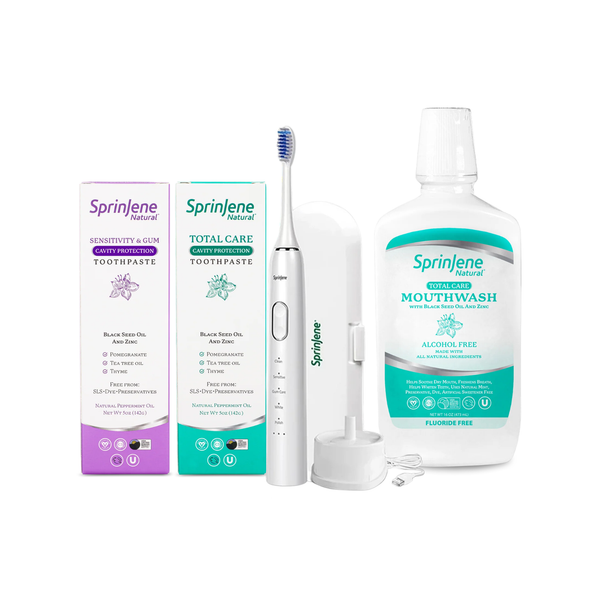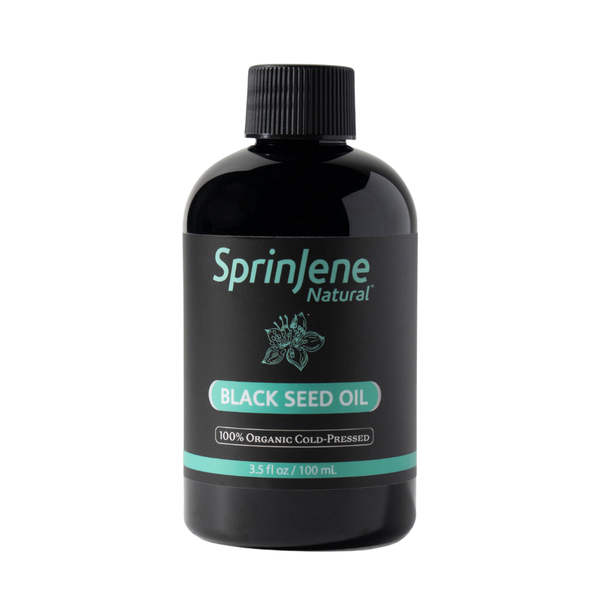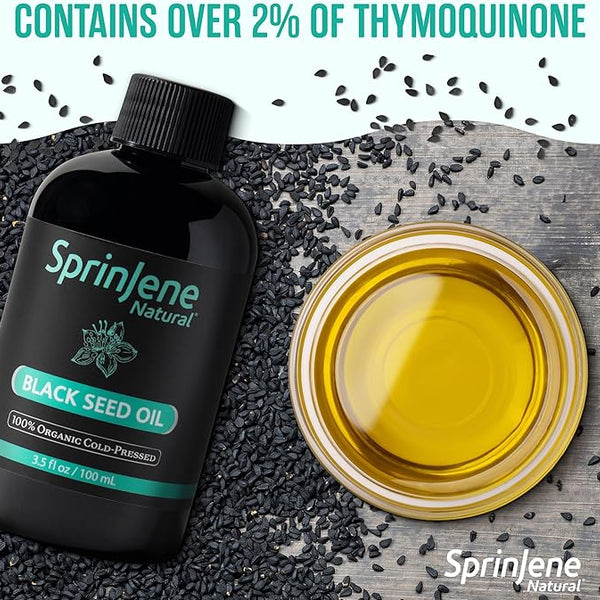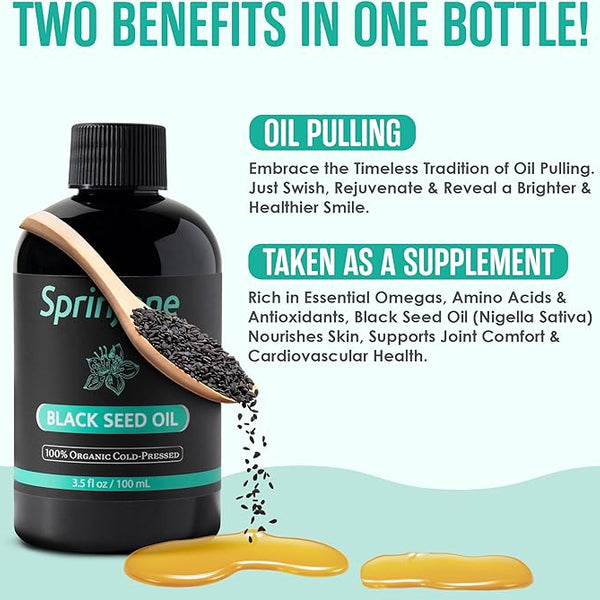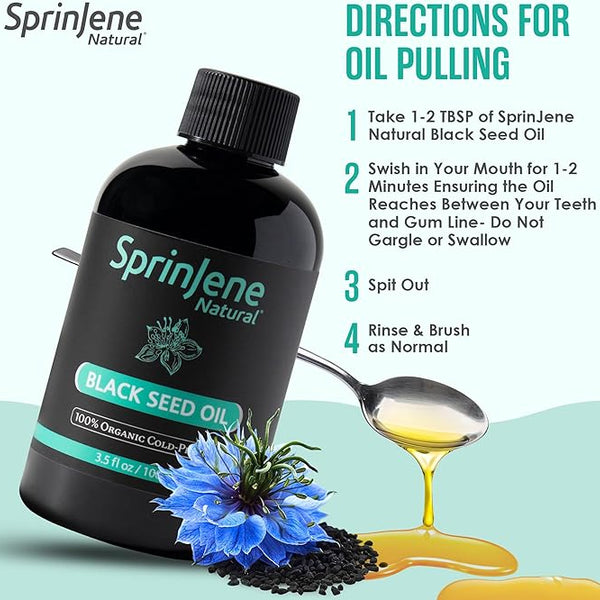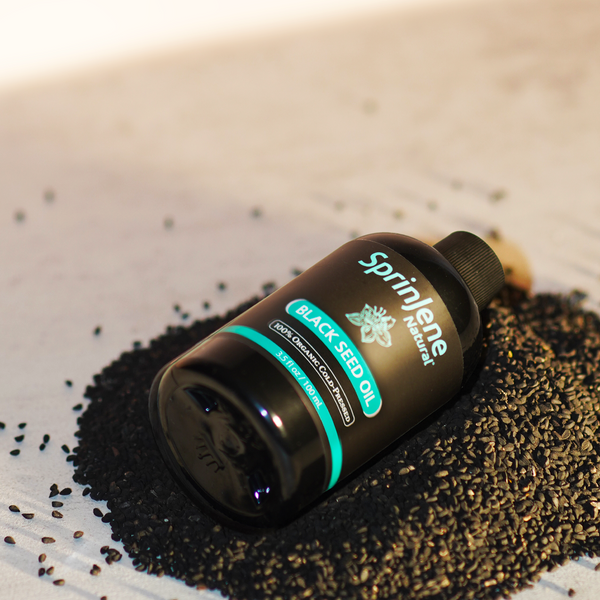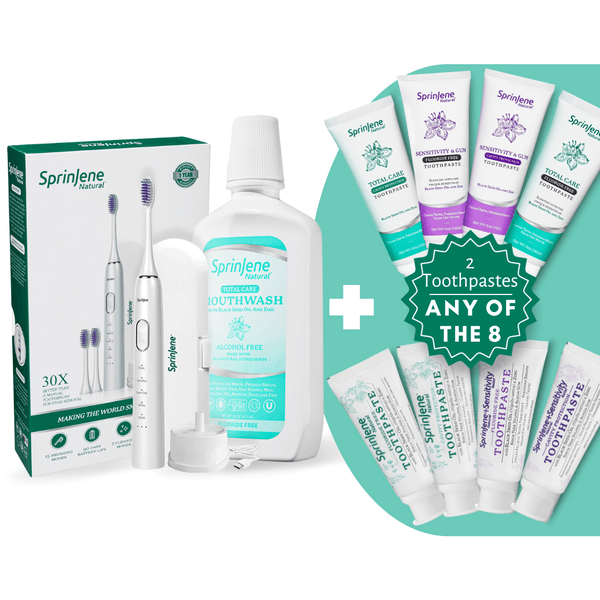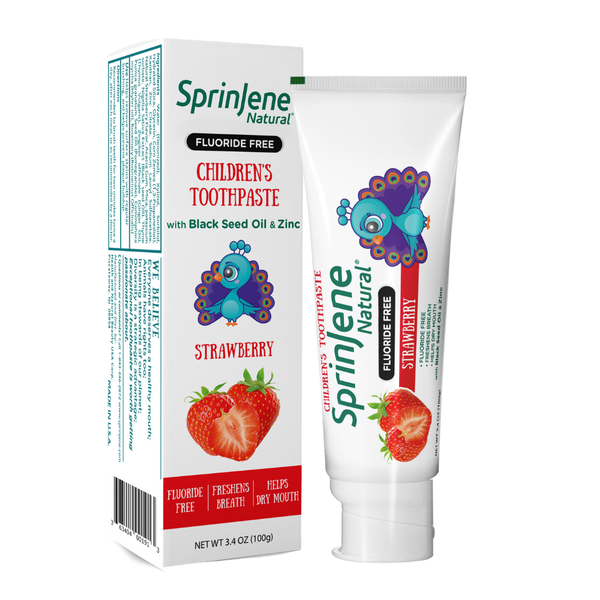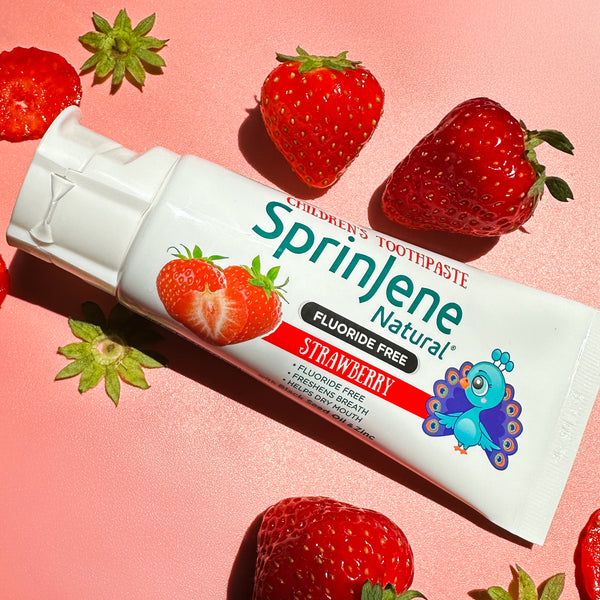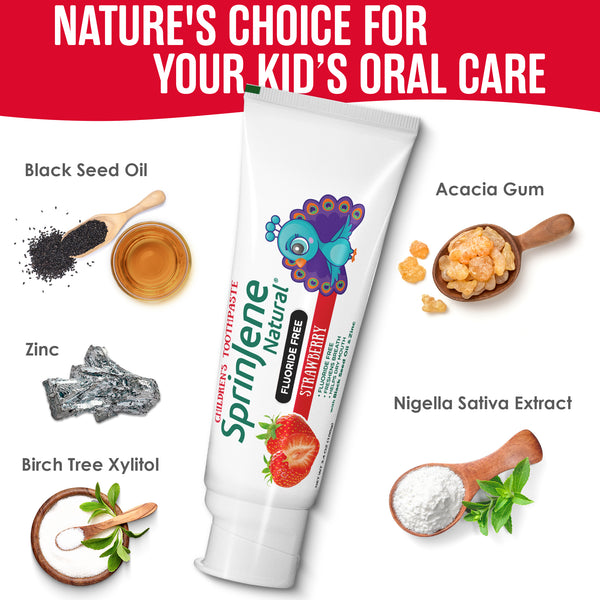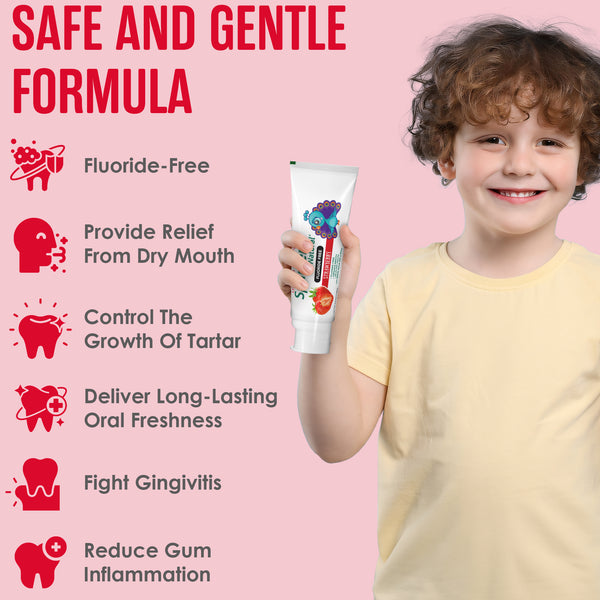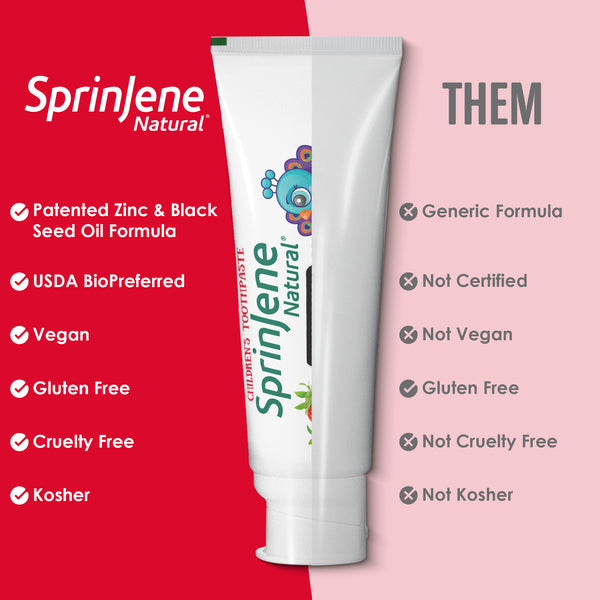
The primary reason why people brush and keep their teeth clean is to prevent from tooth decay and cavities. The second reason why most people brush is to get sparkly white teeth! This is how many toothpastes are advertised on television as well. Even at the dental office many patients who come in to get a professional cleaning done ask if that will make their teeth white, and if not then what will!
There is no way to achieve absolutely white teeth like they show in advertisements, at least not with toothpaste. But whitening tooth paste formulations consist of ingredients that have the ability to fight stains making teeth looking cleaner and ‘whiter’.
How it works:
It is important to have realistic expectations of your whitening toothpaste. This kind of toothpaste helps remove surface stains, showing off the natural appearance of the exterior of your teeth. It will not actually whiten the enamel itself, but merely reveal its true color. For deeper stains and for teeth that are yellow or otherwise discolored, professional whitening is probably necessary which includes bleaching.
Lifestyle habits like smoking or consumption of red wine or black tea can lead to darker teeth. Additionally, the tooth color in general also depends on the age of the tooth. As the patient ages the color of the teeth becomes more intense (darker). Abrasives are the most important ingredients in toothpaste formulations to achieve efficient stain removal. Whitening toothpastes usually contain harder abrasives and a higher amount of these than conventional toothpastes to achieve a sufficient abrasion of external stains. Common abrasives are hydrated silica, SiO2·n H2O, calcium carbonate, CaCO3, and alumina, Al2O3
NATURAL WHITENING TOOTH PASTE
Conventional whitening toothpaste contains abrasives and bleaching agents like silica, pyrophosphates, peroxide or carbamide peroxide. These chemicals remove extrinsic stains, thereby lightening tooth color. These ingredients cause undesirable harmful effects not only on the enamel but also on the soft tissues, resulting in mucosal irritation, ulceration and circum-oral dermatitis. For this reason many people started making the shift towards natural and chemical free products. The whitening ingredient originating from herbal origin present in natural toothpastes is papaya, menthol, meswak, clove, salt and citrus fruit extracts. A natural tooth paste range like SprinJene Natural White boost toothpaste has the cleaning benefits of conventional tooth paste along with the being completely natural and chemical free as well as possessing the quality of whitening teeth. Here are some of the natural ingredients it uses with its benefits:
Silica: Nature's cleanser. Silica is a natural mineral found in quartz that is gently, yet effectively, cleans hard and soft tissues, thereby removing stains and debris to deliver a whole mouth clean and long-lasting freshness.
Zinc: Prevents plaque formation and is anti-cariogenic.
Black seed oil extracts: anti-microbial, anti-cariogenic, anti-inflammatory and soothing for the gums.
Xylitol and Stevia: Promotes saliva production which has bacterial flushing action and hence is anti-cariogenic.
SprinJene Original White Boost Toothpaste features the powers of a patented formula of cold-pressed black seed oil and zinc.
This toothpaste helps to:
- Whiten teeth,
- Provide dry mouth relief,
- Freshen breath
- Remineralize enamel.
Along with all these benefits it is also certified: Halal, Cruelty-Free, Vegan, Gluten-Free and Kosher.
REFERENCES
- Algarni A.A., Ungar P.S., Lippert F., Martinez-Mier E.A., Eckert G.J., Gonzalez-Cabezas C., Hara A.T. Trend-analysis of dental hard-tissue conditions as function of tooth age. J. Dent. 2018;74:107–112. doi: 10.1016/j.jdent.2018.05.011. [PubMed] [CrossRef] [Google Scholar]
- Silva E.M.D., Maia J.N.D.S.M., Mitraud C.G., Russo J.D., Poskus L.T., Guimaraes J.G.A. Can whitening toothpastes maintain the optical stability of enamel over time? J. Appl. Oral Sci. 2018;26:e20160460. doi: 10.1590/1678-7757-2016-0460. [PMC free article] [PubMed] [CrossRef] [Google Scholar]
- Carey C.M. Tooth whitening: What we now know. J. Evid. Based Dent. Pract. 2014;14:70–76. doi: 10.1016/j.jebdp.2014.02.006. [PMC free article] [PubMed] [CrossRef] [Google Scholar]
- Van Loveren C. Toothpastes. Volume 23 Karger; Basel, Switzerland: 2013. [Google Scholar]

